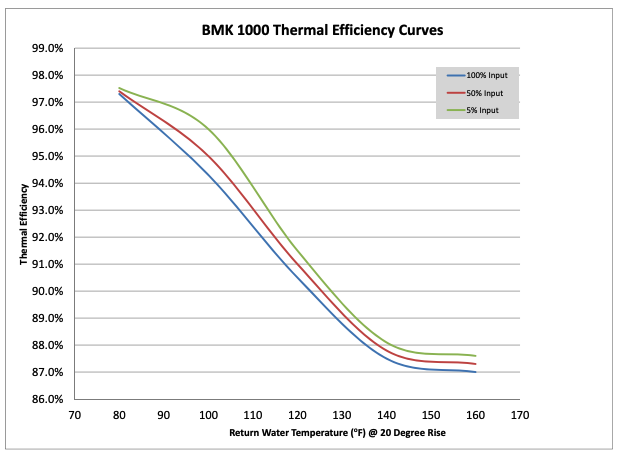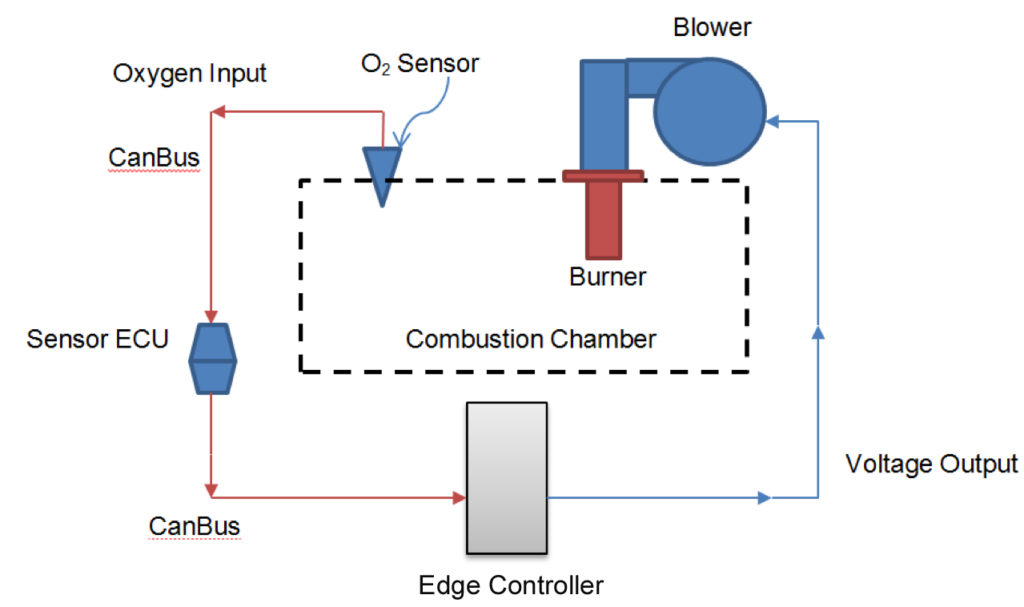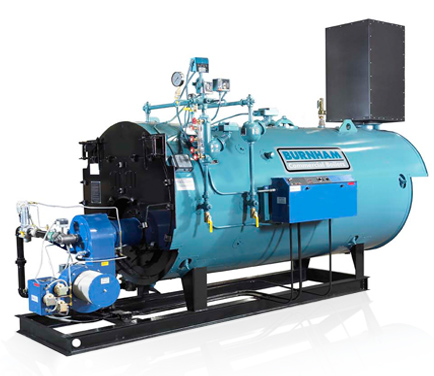
Any person who loves to drive fast classic cars understands the need for proper air-to-fuel mixture or ratio. If you are old enough to remember Gerald Ford or Jimmy Carter as presidents, you are old enough to remember adjusting the carburetor before hitting Woodward or Gratiot on a Saturday night.
Today’s vehicles make these adjustments through a computer. You’ve invested in a high-efficiency/high-performing condensing boiler. Why not move up to this century and make sure the boiler is specified with O2 trim?
The proper air and fuel mixture provides peak efficiency in a boiler. The combination of engine efficiency and performance is all about adjusting this mixture depending on weather conditions and gas pressure changes.
It is possible to specify a premium efficiency boiler, make sure the return temperature is low, and end up with less efficiency gains and a boiler not condensing. Let’s discuss how this happens and how we can solve this.
What is O2 Trim and Why Do I Need It?
All condensing boilers advertise premium efficiency over non-condensing boilers. This premium efficiency is based on dropping the return temperature below the dew point to cause condensing. Here is an example performance curve of the Aerco Benchmark BMK-1000.
Notice that at return temperatures below the 135°F dew point, the efficiency soars. For this to happen in any boiler regardless of the manufacturer, the air to fuel mixture must be fine-tuned. Too rich a mixture, not enough O2, and there will be nuisance flame loss shutdowns, more damaging emissions, noises, and vibration. In your car, you would call it rough idling.
Weather plays a huge part in the O2 required. As the weather changes from fall to winter to spring, the temperature and humidity changes will affect the performance of the boiler. O2 automatic trimming is a real advantage here. One example is the Aerco AERtrim system which senses the changes and adjusts the air volume.
When there is too much O2, the boiler runs “lean”. The lean mixture will cause the dew point to shift down and the published efficiency cannot be met. This can also be caused by changes in the weather or gas pressure.
Many boiler manufacturers just set the boiler up, right from the start, with too much oxygen. This avoids callbacks and can even hide issues with poor combustion design. It gives the appearance that their boiler runs better than others, but there is a cost. The owner will pay for the inefficient operation year after year. If you pass by your boiler and the return temperature is below 130°F, there should be water or condensate coming out the drain. If not, maybe you should question the manufacturer choice you made!
Images courtesy of Aerco.
Trim is Not New
Large boilers have offered O2 trim for decades. Manufacturers of non-condensing fire tube and water tube boilers like Burnham and Bryan recognized long ago that the efficiency and performance of boilers increase with this feature.
Aerco Benchmark Boilers Can be Specified with Optional O2 Trim
A very easy way to make sure you have this valuable addition to the controls on your boilers is to specify the Aerco AERtrim® on your condensing boiler. Having O2 trim is not proprietary, although Aerco provides many unique features. If you don’t want your efficiency and boiler plant operation to depend on the weather, specify O2 trim on your condensing boiler and call R. L. Deppmann for more details.
Part 1: Condensing Boiler Specification – Part 1 – Design Efficiency
Part 2: Condensing Boiler Specification – Part 2 –Boiler Temperature Reset Made Simple?
Part 3: Condensing Boiler Specification – Part 3 – Operation at Lower Loads
Part 4: Condensing Boiler Specification – Part 4 – Variable Primary Thoughts
Part 5: Condensing Boiler Specification – Part 5 – Primary-Secondary Thoughts
Part 6: Condensing Boiler Specification – Part 6 – Variable Primary – Variable Secondary Example








